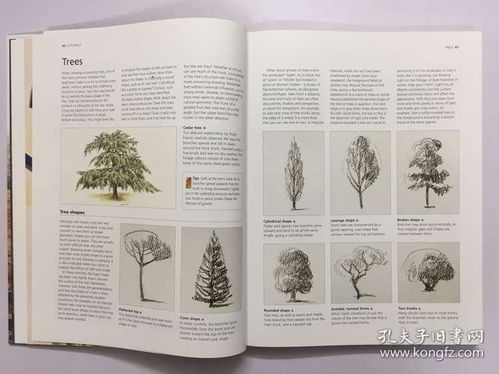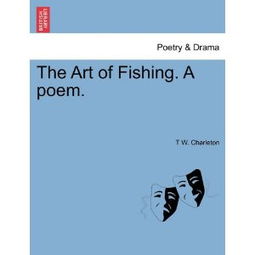Crafting Compelling Fishing Translation Tips: A Comprehensive Guide
In the vast world of angling, where enthusiasts seek to master the art of fishing, the need for accurate and engaging translation tips is paramount. Whether you're a seasoned angler looking to expand your fishing vocabulary or a translator aiming to bridge the language gap for global fishing communities, understanding how to write effective fishing translation tips is essential. This article delves into the intricacies of crafting compelling fishing translation tips, providing you with a comprehensive guide to enhance your writing skills.
Understanding the Audience
Before diving into the writing process, it's crucial to understand your audience. Are you targeting native English speakers who are learning fishing terminology, or are you catering to non-native English speakers who want to improve their fishing skills? Knowing your audience will help you tailor your language and content to their needs and level of expertise.
Start with a Clear Headline
Your headline should be catchy, informative, and intriguing. It should give readers a glimpse into what they can expect from the article. Here are a few examples:
- "Master the Art of Fishing: Essential Translation Tips for Beginners"
- "Bite the Hook: Top 10 Fishing Translation Tips for English Learners"
- "Hook, Line, and Sinker: How to Translate Fishing Jargon Like a Pro"
Begin with an Engaging Introduction
Your introduction should grab the reader's attention and provide a brief overview of what the article will cover. Start with a compelling fact or a personal anecdote related to fishing. For instance:
"Imagine you're standing on the shore, the sun setting over the tranquil lake, and you're about to cast your line. The anticipation is palpable, but what if you're not sure how to express your excitement in English? That's where our fishing translation tips come in."
Break Down the Terminology
Fishing is a language in itself, filled with specialized terms and phrases. Break down the key terminology and provide clear, concise translations. Use bullet points or numbered lists to make the information easy to digest. Here's an example:
- Tackle Box - Angler's equipment storage container
- Bait - Attractant used to lure fish
- Reel - Device that holds the fishing line
- Lure - Artificial bait designed to mimic real fish
- Hook - Pointed device attached to the line for catching fish
Provide Contextual Examples
To help readers understand the usage of fishing terms, provide contextual examples. Use scenarios that are relatable and easy to visualize. For example:
"If you're new to fishing, you might be wondering what a 'fly rod' is. Imagine a long, flexible rod with a line attached to the tip. This rod is used to cast lightweight artificial flies that imitate insects, making it perfect for catching trout and other freshwater fish."
Incorporate Visual Aids
Including images, diagrams, or videos can greatly enhance the learning experience. Visual aids can help readers visualize complex fishing techniques and understand the translations better. For instance, you could include a photo of a tackle box with labeled items or a video demonstrating how to cast a fly rod.
Offer Practical Tips
In addition to translating terms, provide practical advice on how to use the translated terms effectively. For example:

"Remember, when using the term 'bait,' it's important to specify the type of bait you're using. 'Live bait' refers to natural organisms like worms or minnows, while 'artificial bait' covers lures and other man-made lures."
Summarize and Encourage Feedback
Conclude your article by summarizing the key points and encouraging readers to share their experiences or ask questions. This interaction can help you refine your tips and provide additional value to your audience.
"By now, you should have a better understanding of some essential fishing terminology. We hope these translation tips have helped you feel more confident on the water. If you have any questions or would like to share your experiences, feel free to comment below!"
Conclusion
Writing compelling fishing translation tips requires a balance of clarity, context, and practicality. By understanding your audience, breaking down terminology, providing examples, and incorporating visual aids, you can create informative and engaging content that will help anglers around the world improve their fishing skills. Whether you're a translator or an angler, mastering the art of writing effective fishing translation tips can open up a world of opportunities for you and your readers. Happy fishing!












